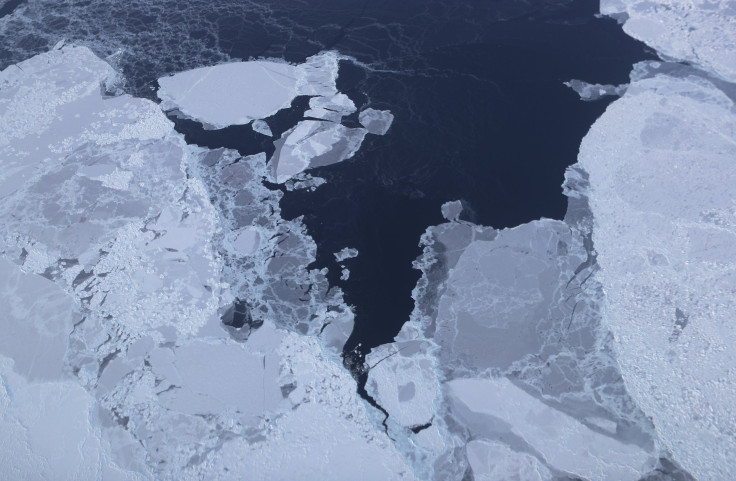Climate Change Accelerating Rise Of Sea Levels, Research Says

The rise in sea levels is accelerating at an increasing rate annually that could cause it to be nearly two feet higher in the years to come, according to the findings of a study published Monday.
In the study published in the "Proceedings of the National Academy of Sciences," researchers at the University of Colorado aimed to obtain accurate measurements of the potential rise in sea levels. Therefore, the research team used satellite data to do so instead of tide-gauge data, which is a method scientists typically rely on for determining such findings.
Steve Nerem, a Colorado professor of Aerospace Engineering Sciences and the study's lead author, worked alongside his research team as they utilized 25 years of satellite-based data to ultimately calculate the rate of acceleration. This, however, was determined to have surged by 0.08 mm/year annually. Therefore, the researchers suggested this could lead to a rise of 10 mm/year by 2100.
Nerem also claimed this acceleration is primarily being propelled by melting occurring in Greenland and Antarctica.
"This is almost certainly a conservative estimate," Nerem said in a statement. "Our extrapolation assumes that sea level continues to change in the future as it has over the last 25 years. Given the large changes we are seeing in the ice sheets today, that's not likely."
However, the team suspected these estimates could double, saying: "The observed acceleration will more than double the amount of sea-level rise by 2100 compared with the current rate of sea-level rise continuing unchanged," the study read.
The study's findings prove to be consistent with current climate model projections, with a recent report from the International Panel on Climate Change even suggesting that sea-level rise could reach up to 98 centimeters by 2100, CNN reported. The report read: "It is very likely that in the 21st century and beyond, sea level change will have a strong regional pattern, with some places experiencing significant deviations of local and regional sea level change from the global mean change."
Sea level rise has been considered a definitive indicator of global warming. The environmental problem affects the U.S. East Coast and the Gulf of Mexico, in particular. According to National Geographic, these changes can be attributed to the melting glaciers and polar ice caps, ice loss and thermal expansion.
© Copyright IBTimes 2024. All rights reserved.






















